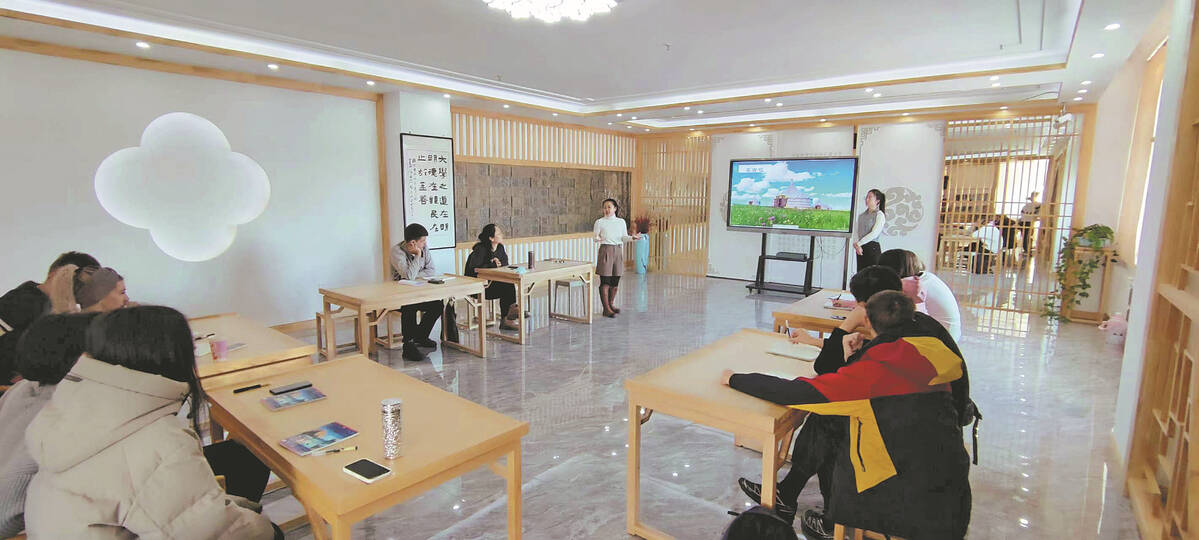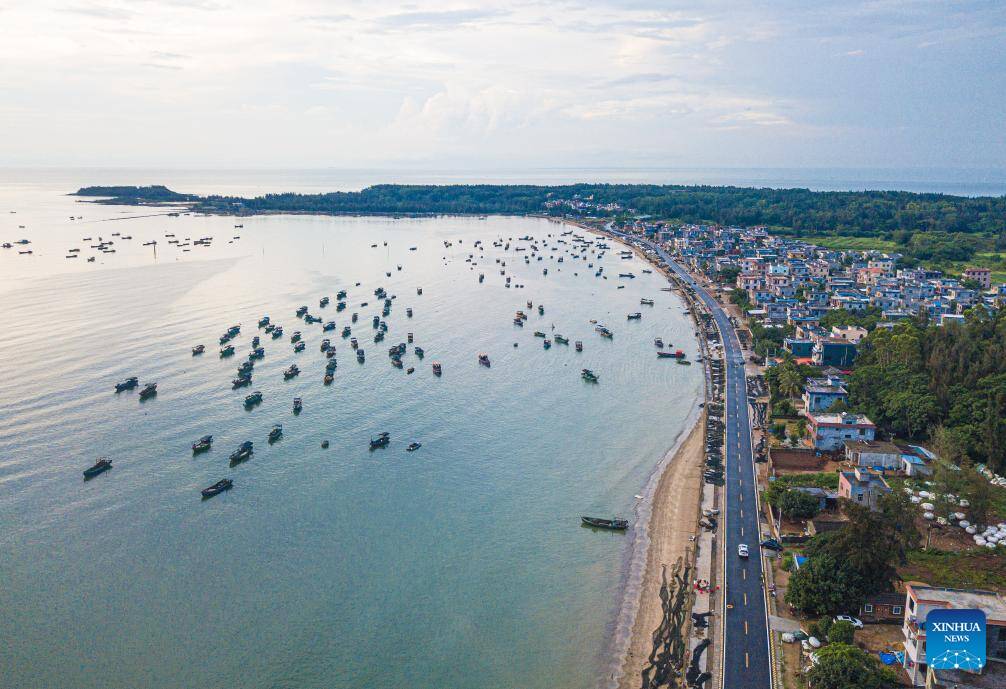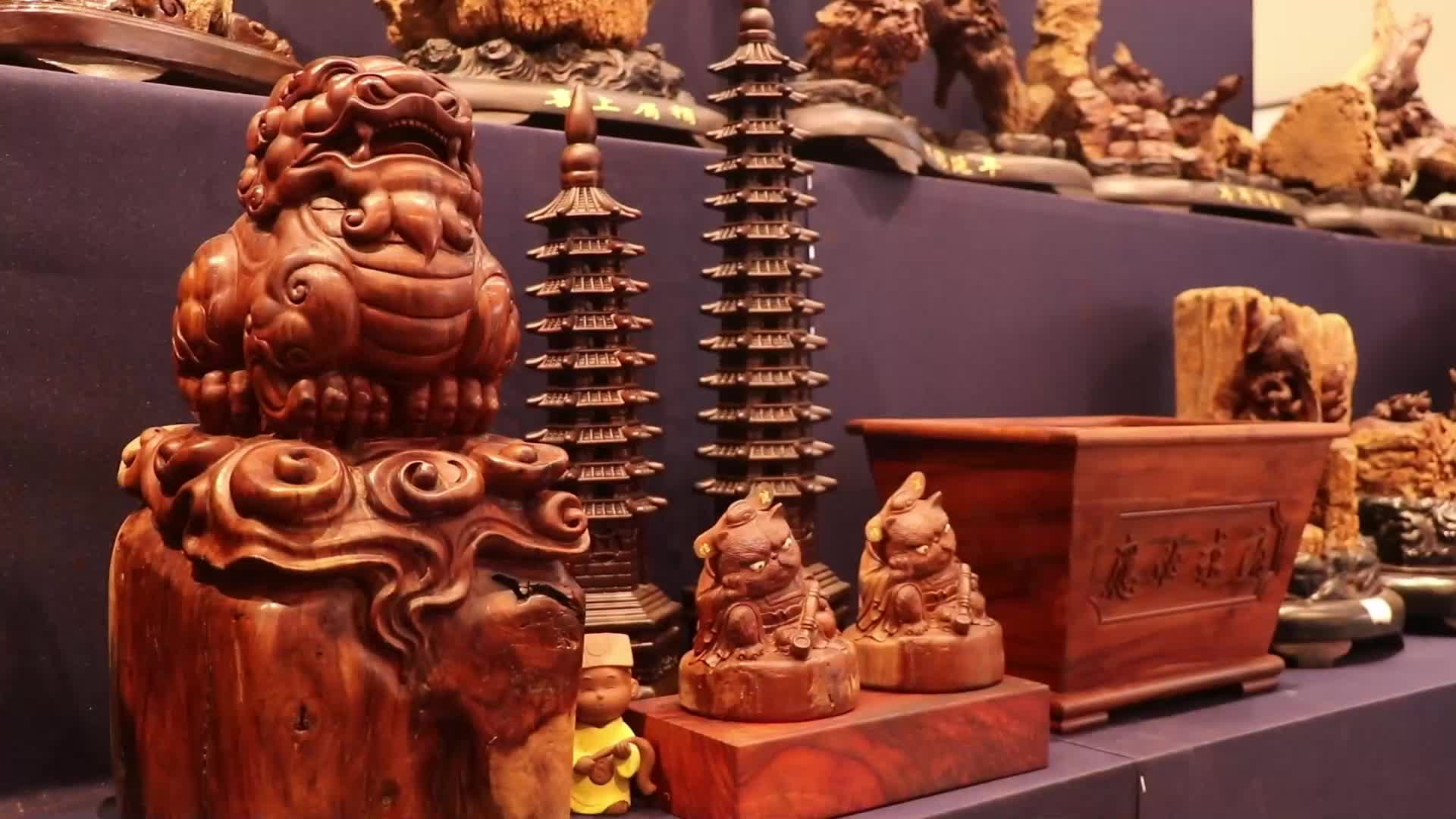White sand rests on the sands, as fine as pearl powder.
Decorated with fallen petals, a deep pool lies there.
To seek for spring on a fine day, you have no need to set foot in dense forests or mountain temples. There is an endless sea of peach blossoms in April.
Heading slightly northeastward from Jinandong Railway Station, you could see interlaced lake water and farmland, and lush green grass. Flowering shoots sway in the wind; lush grass shines in the sunlight. The chirps of birds are mixed with human voices. Villagers carrying jugs and buckets come one after another. Moving to and from the spray pool is part of their daily routine.
All these vitalities, including the peach garden full of spring elements and the hubbub at the well, come from the underground spring source.
Not far west of the water point, there is a body of clear water. It is the Bai Spring, the first spring among all surrounding ones. You could see a babbling spring and two pools, surrounded by luxuriant vegetation.
Bai Spring is one of Jinan’s top 10 spring groups. In the long, narrow spring area with a length of less than 10 km, countless spring openings gushed in all directions, so it was vividly dubbed “Hundred Spring”. According to Annals of Licheng County of the reign period of Qianlong of the Qing Dynasty, “Bai Spring, located north of Zhifangzhuang, covers an area of 0.67 ha. It contains a large spring, where water gushes out once in a few seconds. Sounding like a low rumble of thunder, the gushing spring often carries white sand, so it is named Bai Spring (White Spring).”
Time is silent. However, it has elaborately carved landscapes with the aid of running water. Coming out from underground, spring water sends up pearly spray, and is capable of grinding gravel into light, fine and soft white sand. Therefore, after a billion times of filtration over the past thousands of years, we finally see the look of time.




